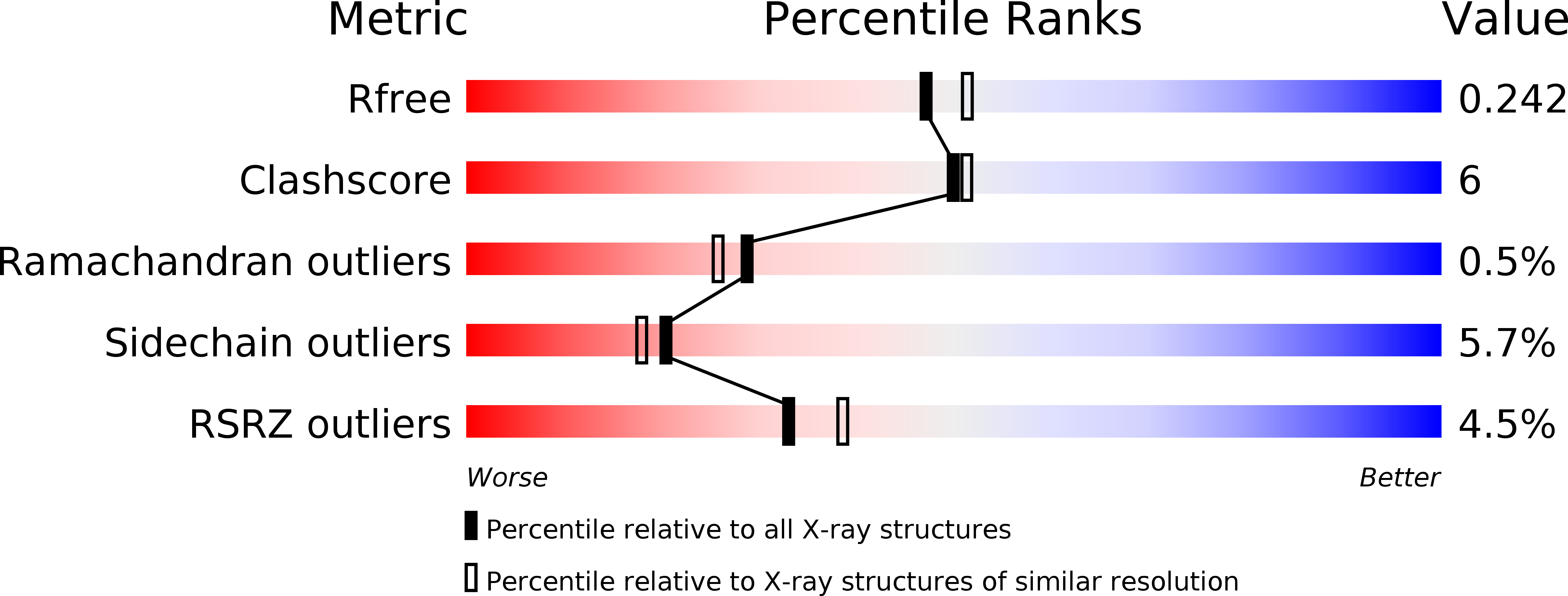
Deposition Date
2018-01-27
Release Date
2018-08-22
Last Version Date
2023-11-22
Entry Detail
PDB ID:
5Z75
Keywords:
Title:
Artificial L-threonine 3-dehydrogenase designed by ancestral sequence reconstruction.
Biological Source:
Source Organism:
synthetic construct (Taxon ID: 32630)
Host Organism:
Method Details:
Experimental Method:
Resolution:
2.10 Å
R-Value Free:
0.23
R-Value Work:
0.19
R-Value Observed:
0.19
Space Group:
P 1 21 1


